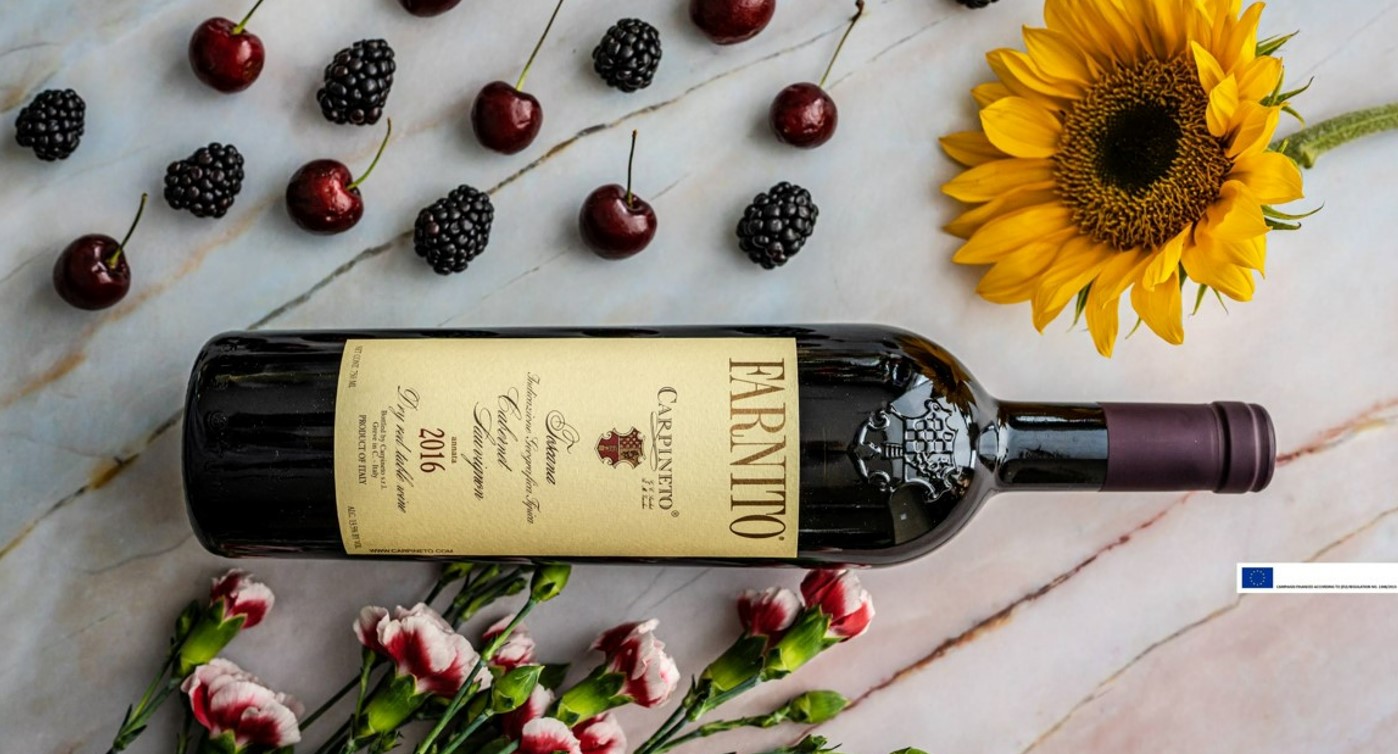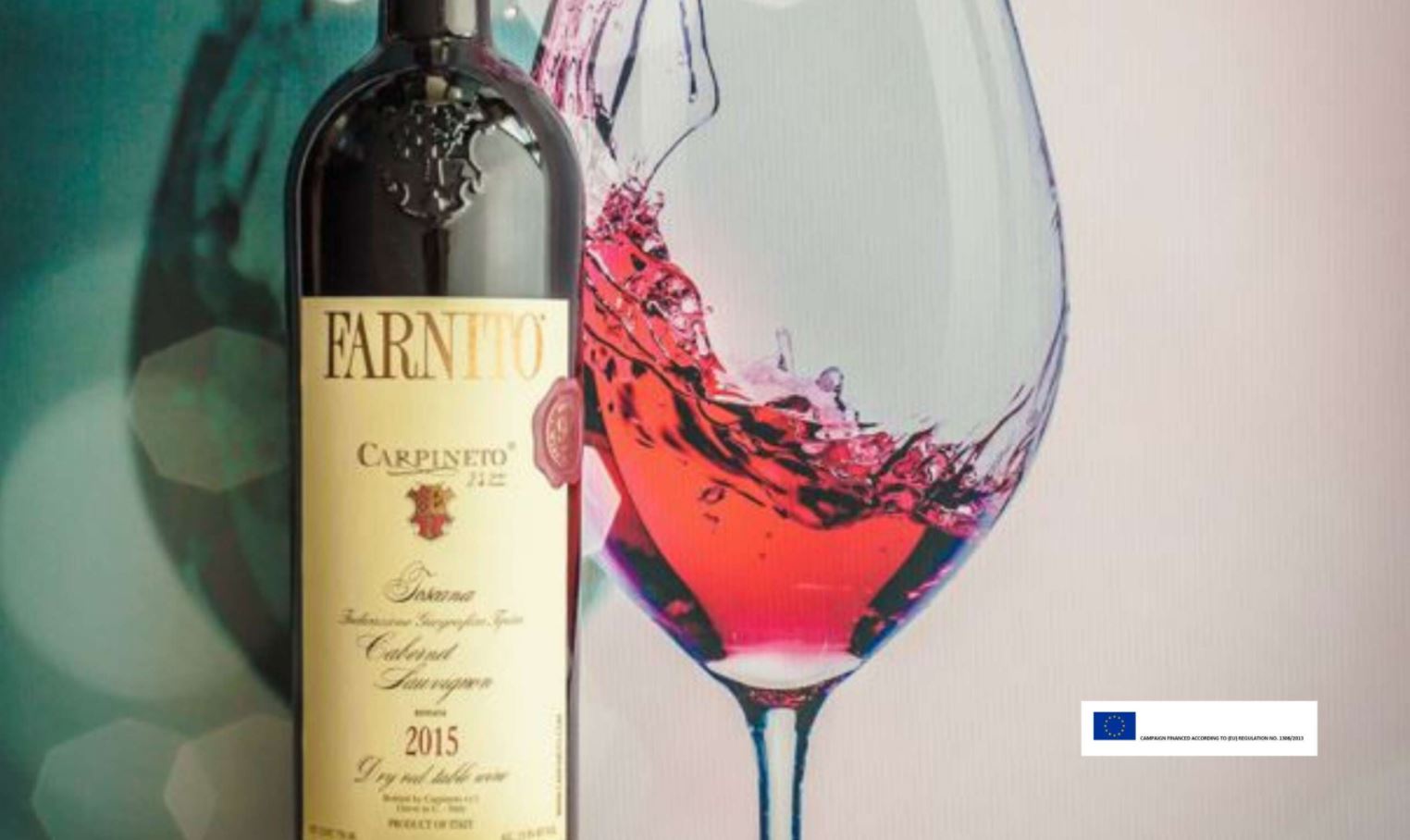Italian geography favors production of high quality wines. The combination of moderate climate and extensive mountainous regions has produced outstanding wines for nearly 2,000 years. Winemaking occurs throughout the country and reflects the local cuisine. For example, Tuscany’s tradition of using high quality ingredients simply prepared pairs well with their Chianti Classico.
The Italians’ long relationship with wine has made them the world’s largest producer. However, complaints about the inconsistent quality of Italian wine resulted in the Italian government implementing regulations for quality and authenticity beginning in 1963. The most recent modification of the laws in 2010 established 3 classifications: DOC, DOCG, and IGT.
The Italians’ long relationship with wine has made them the world’s largest producer. However, complaints about the inconsistent quality of Italian wine resulted in the Italian government implementing regulations for quality and authenticity beginning in 1963. The most recent modification of the laws in 2010 established 3 classifications: DOC, DOCG, and IGT.
DOC (Denominazione di Origine Controllata) is the largest classification of wines, comprising about 330 groups defined as DOC wine. In order to meet DOC classification, a wine must be produced within a specified region, use grapes native to that region, and make wine using the appropriate recipe. Popular DOC wines include Amarone del Valpolicella, Chianti, and Barolo. The Tuscan wine Chianti must use at least 80% Sangiovese grapes grown in the designated Chianti area to have DOC on its’ label.
DOCG (Denominazione di Origine Controllata e Garantita) classification indicates a wine meets the highest standards of authenticity and quality as defined by law. A wine with DOCG on its label must have the specified type and correct percentage of grapes harvested at a defined level of ripeness. The appropriate winemaking technique and method of aging also must follow regulations for that wine style. Prior to bottling, the wine undergoes chemical analysis and sensory testing to ensure regulations have been followed.
IGT (Indicazione Geografica Tipica) classification wines do not meet the DOC or DOCG standards but are generally representative of the wine style. The regions are usually larger than those of higher classifications. IGT regulations are less strict regarding types of grapes used, allowable harvest, and wine production techniques. The IGT classification was created to address the issue of high quality, award-winning wines such as the Super Tuscans that did not meet the DOC or DOCG laws. These classifications ensure quality.





